Introduction to Morel Mushroom Spores
Morel mushrooms (Morchella species) stand as one of the most sought-after edible fungi in the world, prized for their distinctive honeycomb caps and rich, nutty flavor. Unlike many cultivated mushrooms, morels have largely resisted commercial farming efforts, making them a seasonal delicacy that commands premium prices in markets worldwide. At the heart of the morel's mystique lies its reproductive system—the microscopic spores that allow these fungi to propagate and spread.
Understanding morel mushroom spores is essential for anyone interested in the life cycle of these fascinating fungi, whether you're a forager hoping to encourage future harvests, a gardener attempting to cultivate morels at home, or simply a mushroom enthusiast curious about how these elusive delicacies reproduce in nature. Morel spores represent both the beginning and end of the mushroom's life cycle, creating a fascinating circular journey from mature fruiting body to underground mycelium and back again.
In this comprehensive guide, we'll explore the biology of morel spores, methods for collecting and processing them, techniques for propagation, and the challenges and rewards of cultivation. By understanding the role spores play in the morel life cycle, you'll gain insight into why these mushrooms appear where they do and how you might encourage them to grow in your own carefully prepared habitat.
The Biology of Morel Spores
What Are Morel Mushroom Spores?
Morel mushroom spores are microscopic reproductive units produced by mature morel fruiting bodies. These single-celled structures contain the genetic material necessary to create new morel organisms under the right conditions. Unlike seeds from plants, which contain stored energy and a developing embryo, fungal spores are simpler structures that must land in suitable environments to germinate and grow.
Morel spores are produced inside specialized cells called asci (singular: ascus), which line the pitted surface of the morel cap. Each ascus contains multiple spores that, when mature, are forcibly ejected into the air—sometimes with an audible "puffing" sound. A single mature morel can release millions of spores during its lifetime, creating a cloud of reproductive potential that drifts on air currents.
Under a microscope, morel spores appear elliptical or somewhat bean-shaped and typically measure between 15-25 micrometers in length. They have thin cell walls and are often described as having a yellowish to translucent appearance. The spores of different morel species can vary slightly in size and shape, though these differences are generally only noticeable under magnification.
The Role of Spores in the Morel Life Cycle
The morel life cycle is complex and involves several distinct phases, with spores playing a crucial initiating role. The cycle typically proceeds as follows:
-
Spore Release and Dispersal: Mature morels release spores that are carried by wind, water, animals, or human activity.
-
Germination: When a spore lands in a suitable environment with appropriate moisture, temperature, and nutrients, it germinates and produces a thin filament called a hypha.
-
Mycelium Formation: Individual hyphae grow and branch to form a network called mycelium, which spreads through the substrate (soil or decaying organic matter).
-
Sclerotia Development: Under certain conditions, the mycelium may form hardened masses called sclerotia—dense structures containing stored nutrients that help the fungus survive unfavorable conditions.
-
Fruiting Body Formation: When environmental conditions are right (typically in spring), the mycelium or sclerotia produce the aboveground fruiting bodies we recognize as morel mushrooms.
-
Spore Production: The cycle completes as the mature morel produces and releases spores.
Research has shown that morels can employ both sexual and asexual reproduction strategies. The typical morel spores we observe are sexual spores (ascospores), but some species can also produce asexual spores called mitospores under specific conditions. This reproductive flexibility may contribute to the morel's adaptability across diverse habitats.
Genetic Diversity in Morel Spores
Recent scientific studies have shed light on the mating systems of morel mushrooms. Research published in Scientific Reports indicates that many black morel species are heterothallic, meaning they have two compatible mating types (similar to male and female in animals). When single spores germinate, they create mycelium with only one mating type. For sexual reproduction to occur and complete the life cycle, two compatible mycelia must meet and fuse.
This mating system helps explain why morels can be challenging to cultivate—successful fruiting often requires the presence of both mating types in proximity. It also contributes to genetic diversity in morel populations, as the mixing of genetic material during sexual reproduction creates new combinations of traits that may be better adapted to changing environmental conditions.

Collecting Morel Mushroom Spores
Ethical Harvesting Practices
Before collecting morel spores, it's important to establish ethical harvesting practices that ensure the long-term sustainability of morel populations:
- Always obtain appropriate permits if collecting on public lands.
- Never overharvest an area—leave some mature mushrooms behind to release spores naturally.
- Minimize disturbance to the forest floor and underlying mycelium.
- Use a knife to cut mushrooms at the base rather than pulling them up, which can damage the mycelium.
- Use breathable containers like mesh bags or baskets when collecting, which allow spores to drop as you move through the forest.
Responsible harvesting practices not only help preserve morel habitats but also increase the likelihood of successful crops in future years.
Direct Spore Collection Methods
There are several methods for collecting morel spores directly from mushrooms:
Spore Prints While traditional spore prints (often used with gilled mushrooms) are more challenging with morels due to their honeycomb structure, a modified approach can work:
- Select a mature, healthy morel mushroom.
- Place it cap-side down on a piece of paper (white or black paper works best to see the spores).
- Cover with a bowl or container to prevent air currents from dispersing the spores.
- Leave undisturbed for 12-24 hours.
- Carefully remove the mushroom to reveal the spores that have fallen onto the paper.
These collected spores can be carefully gathered and used for propagation attempts, though the yield from this method is typically lower than with other mushroom types.
Spore Slurry Method The spore slurry or "morel milkshake" method is one of the most popular approaches for collecting and using morel spores:
- Gather 2-3 fresh, mature morel mushrooms.
- In a clean container, prepare a solution of 1 gallon of non-chlorinated water.
- Add 1 tablespoon of molasses or honey (to provide sugar for germinating spores) and a pinch of salt (to inhibit bacterial growth).
- Crumble or cut the morel mushrooms into small pieces and add them to the solution.
- Stir the mixture and let it sit for 24-48 hours at room temperature.
- Strain the mixture through cheesecloth to remove larger particles, keeping the liquid which contains the spores.
The resulting spore-laden liquid can be used to inoculate outdoor areas where you hope to grow morels.
Indirect Spore Collection
In addition to direct collection methods, there are indirect ways to harvest and utilize morel spores:
Using Mesh Bags During Foraging When collecting morels, using a mesh bag allows spores to fall through the openings as you walk, essentially "seeding" the forest with spores. This simple practice can help propagate morels in areas where you've previously found them.
Rinse Water Collection After cleaning freshly harvested morels:
- Collect the rinse water, which will contain dislodged spores.
- Either use this spore-laden water directly to inoculate areas where you want morels to grow, or
- Filter the water through a coffee filter or paper bag to concentrate the spores, then dry the paper for later use or immediate application in a prepared bed.
Commercial Spawn Sources For those who don't have access to fresh morels for spore collection, commercial sources offer alternatives:
- Morel spawn kits containing prepared mycelium
- Liquid culture syringes with viable spores or mycelium
- Pre-inoculated growing mediums
While generally more expensive than collecting your own spores, commercial products often provide more reliable results, especially for beginners.
Propagating Morel Mushroom Spores
Understanding Morel Growing Conditions
Successful propagation of morel spores requires recreating the conditions that trigger their growth in nature. The key environmental factors include:
Soil Composition Morels prefer soil with:
- Good drainage
- Loamy texture
- Rich in organic matter, particularly decomposing wood
- Slightly acidic to neutral pH (6.0-7.0)
- Addition of wood ash, particularly from deciduous trees
Tree Associations Different morel species have preferences for growing near certain trees:
- Elm (especially dead or dying American elms)
- Ash
- Apple and other fruit trees
- Tulip poplar
- Oak
- Sycamore
Temperature Cycles Morels typically require:
- A cold period (winter freezing) followed by spring warming
- Soil temperatures between 45-65°F (7-18°C) for fruiting
- Daytime air temperatures of 60-70°F (15-21°C) and nighttime temperatures above 40°F (4°C)
Moisture Levels Proper moisture is crucial:
- Consistent soil moisture without waterlogging
- Regular spring rains or irrigation to maintain humidity
- Well-draining soil that never becomes soggy
Understanding these requirements helps explain why morels appear when and where they do in nature, and provides a framework for attempting cultivation.
The Spore Slurry Method for Outdoor Cultivation
The spore slurry method is one of the most accessible ways to attempt morel cultivation outdoors:
-
Prepare the Slurry: Create a spore slurry as described in the collection section above.
-
Select and Prepare the Site:
- Choose a location that mimics natural morel habitat—partial shade, near appropriate tree species.
- Prepare the soil by incorporating wood chips (ideally from elm, ash, or apple trees), compost, and a small amount of wood ash.
- Ensure good drainage by adding sand if necessary.
-
Apply the Slurry:
- Apply the spore solution evenly over the prepared area.
- Gently rake to incorporate the spores into the top layer of soil.
- Apply a light layer of mulch (leaf litter or more wood chips) to retain moisture.
-
Maintain the Site:
- Keep the area consistently moist but not waterlogged.
- Protect from disturbance.
- Be patient—it may take 2-5 years before seeing results.
This method essentially attempts to recreate the natural process of spore dispersal in a controlled environment, targeting areas with conditions favorable for morel growth.
Tree Root Inoculation
Another approach leverages the natural association between morels and certain tree species:
-
Select Young Trees: Choose young specimens of trees known to associate with morels (elm, ash, apple).
-
Prepare the Inoculum: Use either a spore slurry or commercial morel spawn.
-
Inoculate the Root Zone:
- For new trees: Apply the inoculum directly to the roots during planting.
- For established trees: Create small holes around the drip line of the tree and pour in the inoculum.
-
Mulch and Maintain: Apply wood chip mulch and keep the area moist, particularly during spring.
This method takes advantage of potential symbiotic relationships between morel mycelium and tree roots, which some research suggests may be important for certain morel species.
Indoor Cultivation Attempts
Indoor cultivation of morels remains challenging but has seen some success with these approaches:
Sclerotia Formation Method:
- Start with a nutrient-rich growth medium for initial mycelium development.
- Transfer to a nutrient-poor layer to encourage sclerotia formation.
- Subject the sclerotia to a cold period followed by warming to trigger fruiting.
Two-Layer Technique:
- Create a base layer of nutrient-rich substrate (grain spawn or similar).
- Apply a top layer of pasteurized soil mix.
- Allow mycelium to colonize both layers, creating a nutritional gradient.
- Apply temperature fluctuations to encourage fruiting.
These indoor methods are typically more experimental and less reliable than outdoor cultivation but offer opportunities for controlled observation of the morel life cycle.
Challenges and Solutions in Morel Spore Cultivation
Common Obstacles to Successful Cultivation
Despite decades of research, morel cultivation remains challenging due to several factors:
Complex Life Cycle Requirements:
- Need for sclerotia formation before fruiting
- Potential requirement for both mating types to be present
- Specific temperature, moisture, and nutrient triggers
Long Development Timeline:
- 2-5 years from spore to first fruiting is common
- Difficult to maintain ideal conditions over this timeframe
Contamination Issues:
- Competition from other fungi and bacteria
- Difficulty maintaining sterile conditions outdoors
Unpredictable Fruiting:
- Even established morel patches may not fruit every year
- Environmental fluctuations can cancel out years of preparation
Understanding these challenges helps set realistic expectations for morel cultivation attempts.
Improving Success Rates
While there are no guaranteed methods for cultivating morels, these strategies may improve success rates:
Diversify Approaches:
- Establish multiple cultivation sites with different conditions
- Try both spore slurries and commercial spawn
- Experiment with different tree associations
Maximize Spore Viability:
- Use fresh spores whenever possible
- Store collected spores properly (cool, dry conditions)
- Apply spores during optimal spring conditions
Learn from Natural Patterns:
- Observe where morels grow naturally in your region
- Note the specific conditions, associated plants, and timing
- Attempt to recreate these conditions in your cultivation site
Patience and Documentation:
- Keep detailed records of all cultivation attempts
- Document soil composition, temperature patterns, and results
- Be prepared to wait several years for potential results
With a methodical approach and realistic expectations, cultivating morels from spores becomes an engaging long-term project that deepens understanding of these fascinating fungi.
Harvesting and Utilizing Cultivated Morels
Proper Harvesting Techniques
If your cultivation efforts succeed and morels begin to fruit, proper harvesting techniques help ensure future harvests:
-
Timing: Harvest when the caps are fully formed but before they begin to deteriorate. The ideal time is when the ridges have darkened and the cap has expanded to its full size.
-
Cutting vs. Pulling: Always cut morels at the base with a clean, sharp knife rather than pulling them from the ground. This preserves the underground mycelium for future fruitings.
-
Selective Harvesting: Leave some mature specimens to release spores naturally, ensuring genetic diversity and continued propagation.
-
Clean Handling: Use clean tools and hands to minimize introducing contaminants to your growing area.
-
Collection Container: Use a breathable basket or mesh bag that allows spores to fall as you harvest, potentially establishing new colonies.
These sustainable harvesting practices not only preserve your cultivation site but also increase the likelihood of successful future harvests.
Processing and Storage
After harvesting cultivated morels, proper processing ensures maximum enjoyment:
Cleaning:
- Gently brush off debris or rinse quickly under cold water
- Never soak morels, as they absorb water easily and become soggy
- If rinsing, save the rinse water for potential spore collection
Storage Options:
- Fresh: Store in a paper bag in the refrigerator for up to one week
- Dried: Clean, slice, and air dry or use a food dehydrator at low temperature
- Frozen: Sauté briefly in butter, cool, and freeze in airtight containers
Spore Collection from Harvest: Even from cultivated morels, consider collecting spores to continue the cycle:
- Set aside a few perfect specimens for spore collection
- Use the spore print or slurry methods described earlier
- Store collected spores in a cool, dry place for future cultivation attempts
By properly processing your harvest, you maximize both culinary enjoyment and opportunities for future cultivation.

Conclusion: The Ongoing Journey of Morel Cultivation
The world of morel mushroom spores represents a fascinating intersection of mycology, ecology, and culinary pursuit. From the microscopic beginnings of these prized fungi to the moment of harvesting a successfully cultivated specimen, every stage offers insights into the complex relationships between fungi and their environments.
While morel cultivation from spores remains challenging and somewhat unpredictable, the process of attempting it deepens our appreciation for the natural cycles that produce these delicacies in the wild. The patience and observation required for morel cultivation foster a connection to seasonal rhythms and ecological relationships that extends beyond the simple goal of producing mushrooms for the table.
Whether you're creating a spore slurry from foraged morels, establishing a cultivation bed near your favorite trees, or simply learning about the reproductive strategies of these remarkable fungi, engaging with morel spores opens a window into one of nature's most interesting biological processes. And for those who succeed in cultivating morels from spores, the reward is not just delicious mushrooms but the satisfaction of having participated in and understood a complete natural cycle.
As research continues and cultivation techniques evolve, the mysterious morel may gradually reveal more of its secrets. But for now, the challenge of growing these prized mushrooms from spores remains part of their enduring allure—a reminder that some of nature's greatest treasures still resist complete domestication and continue to surprise and delight us with their complexity.

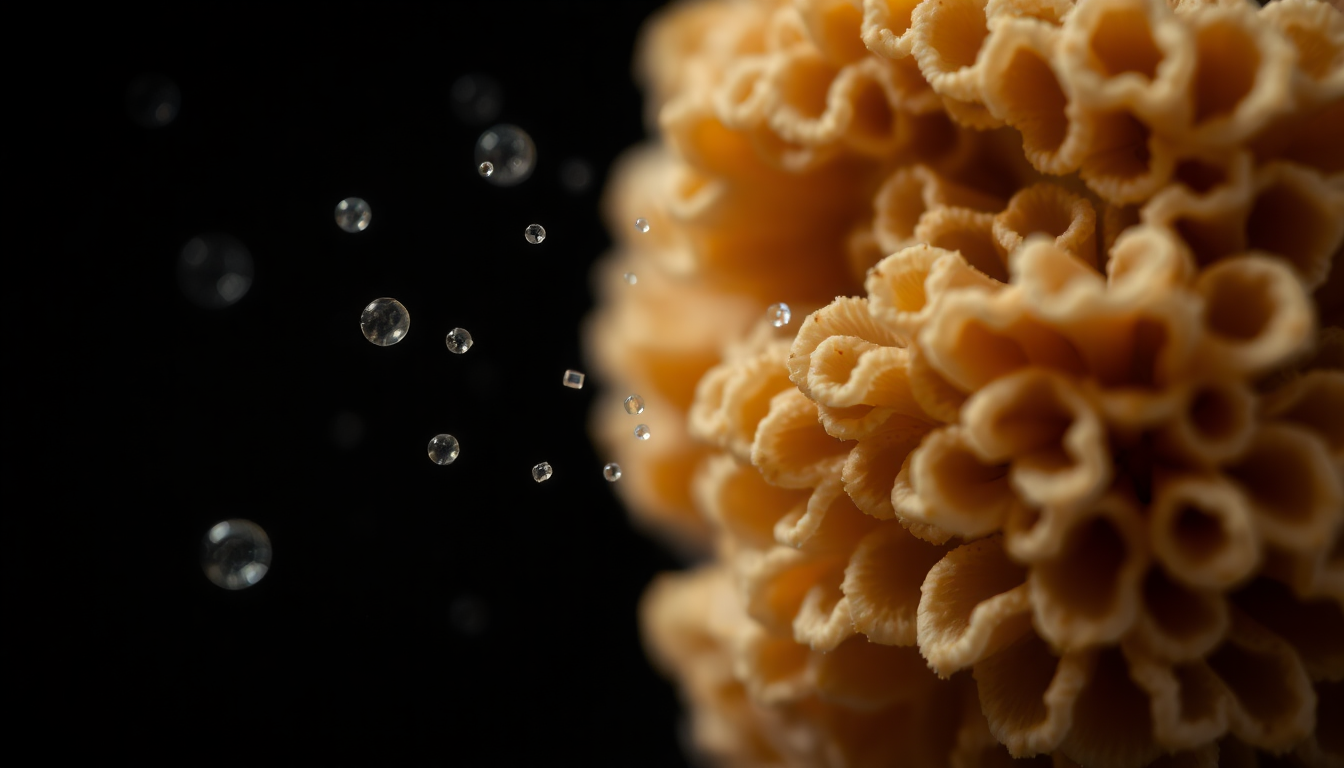
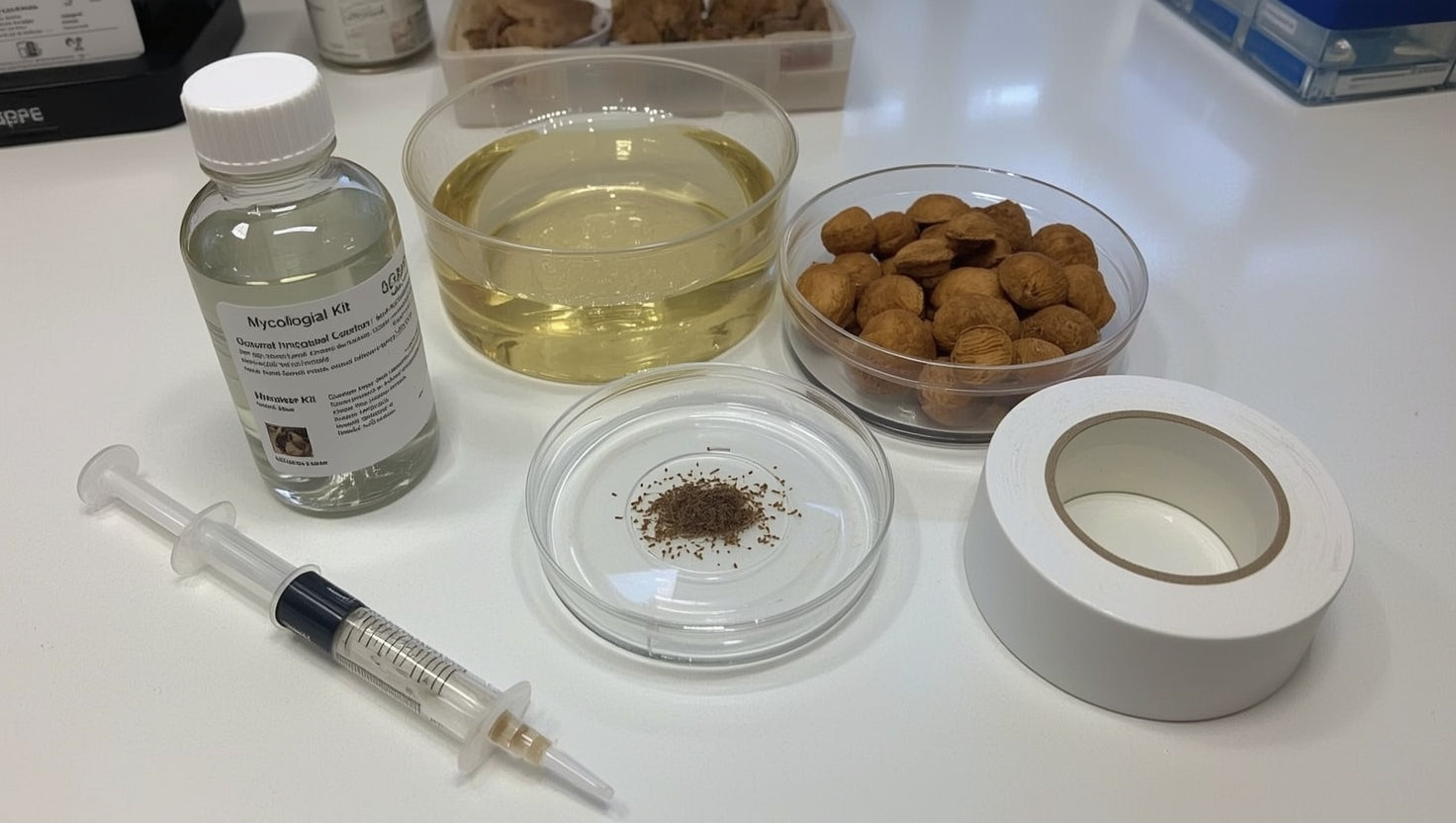
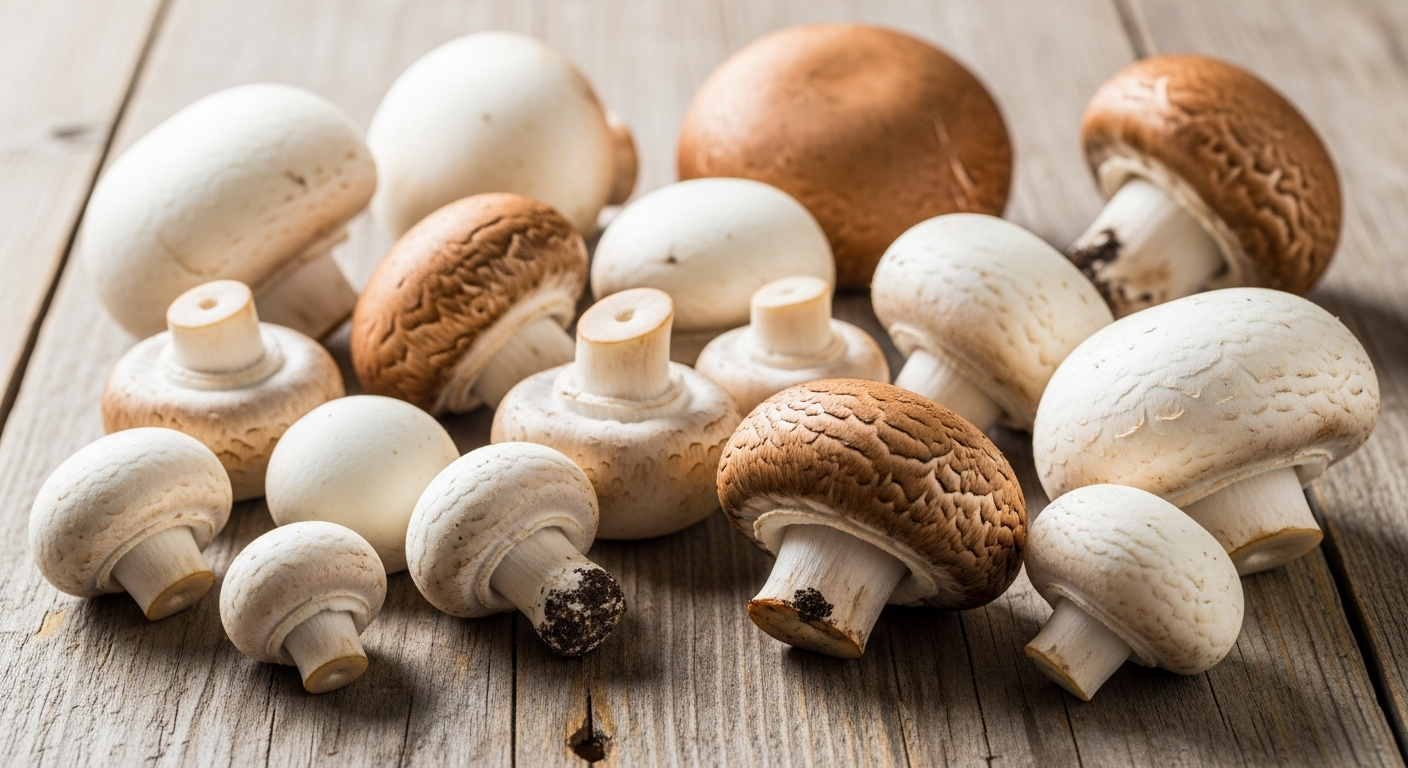
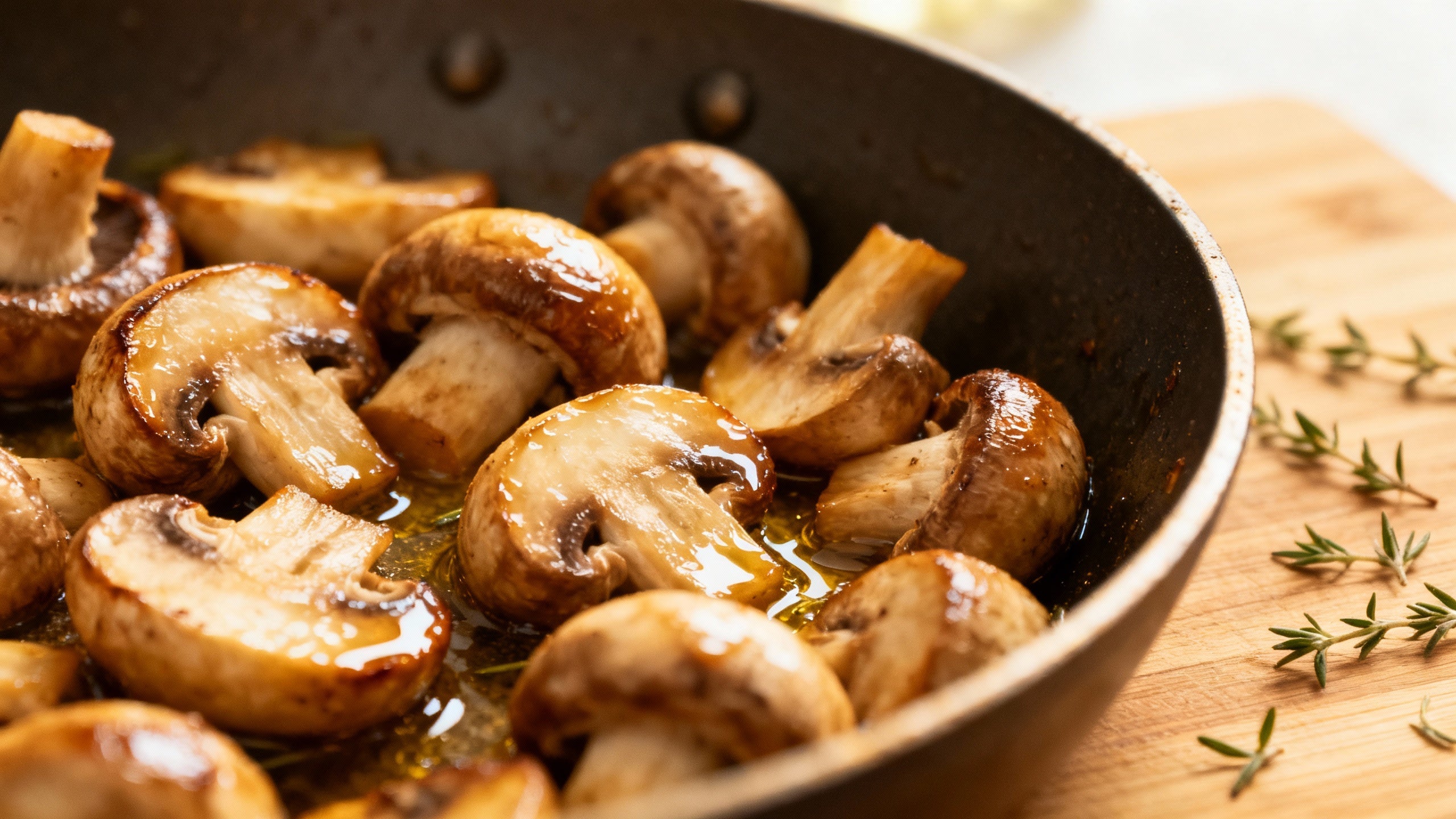
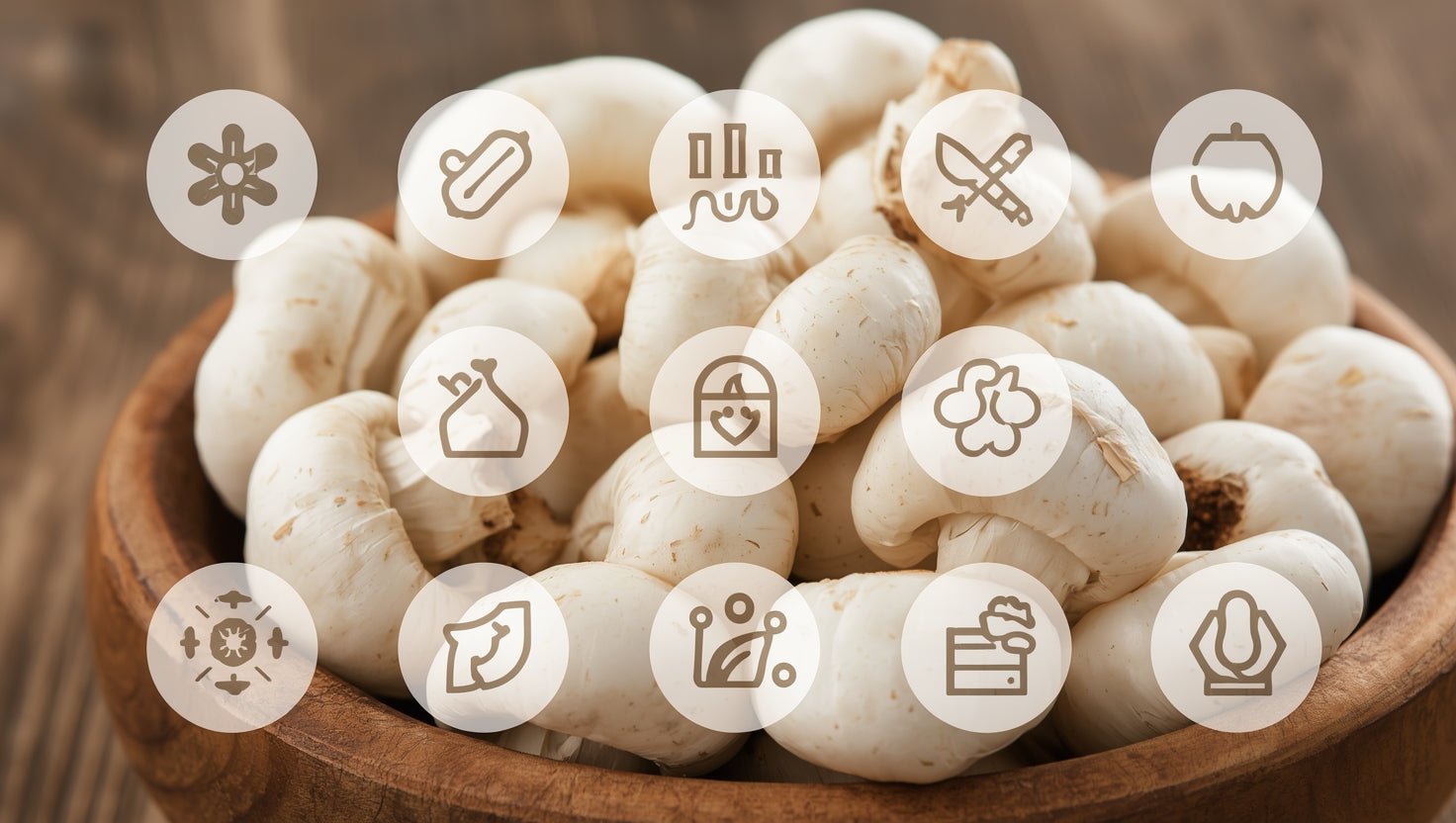
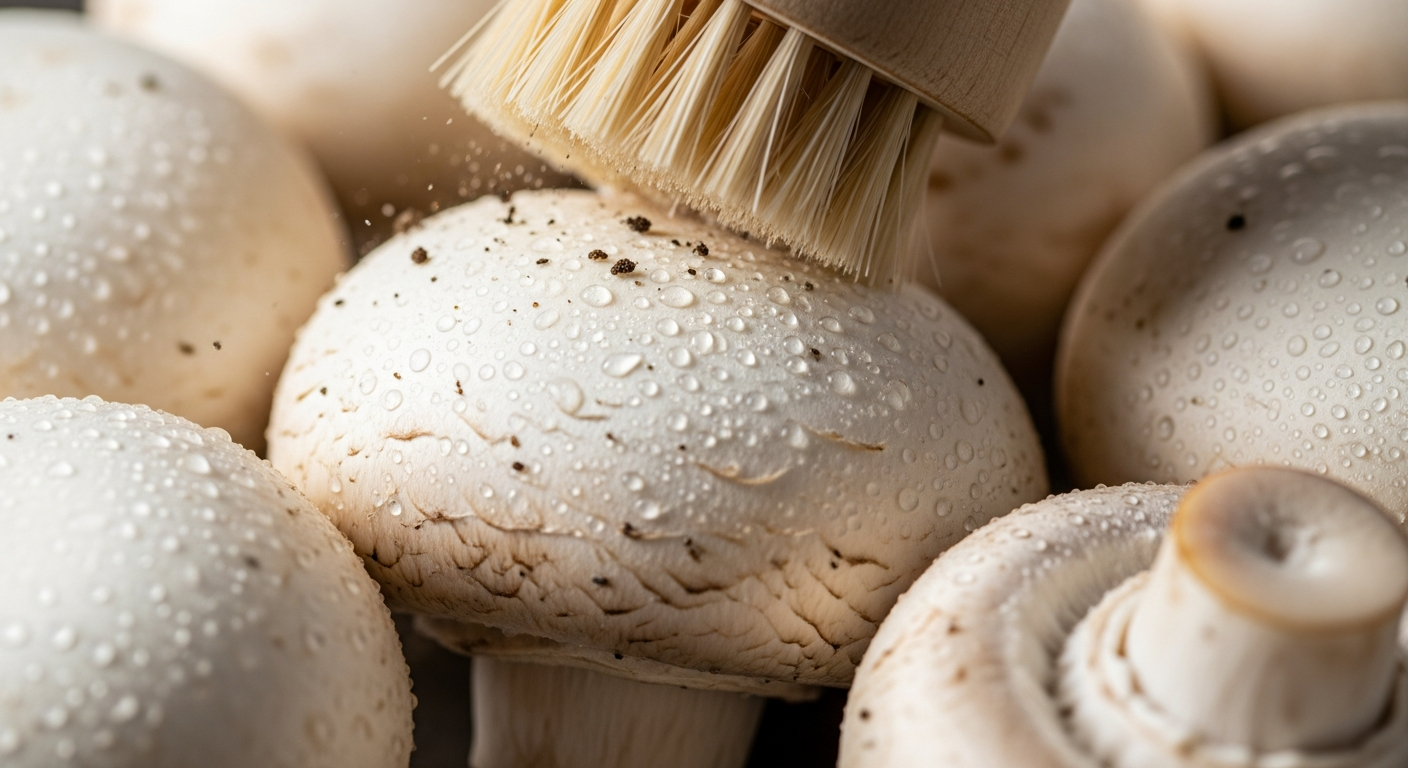
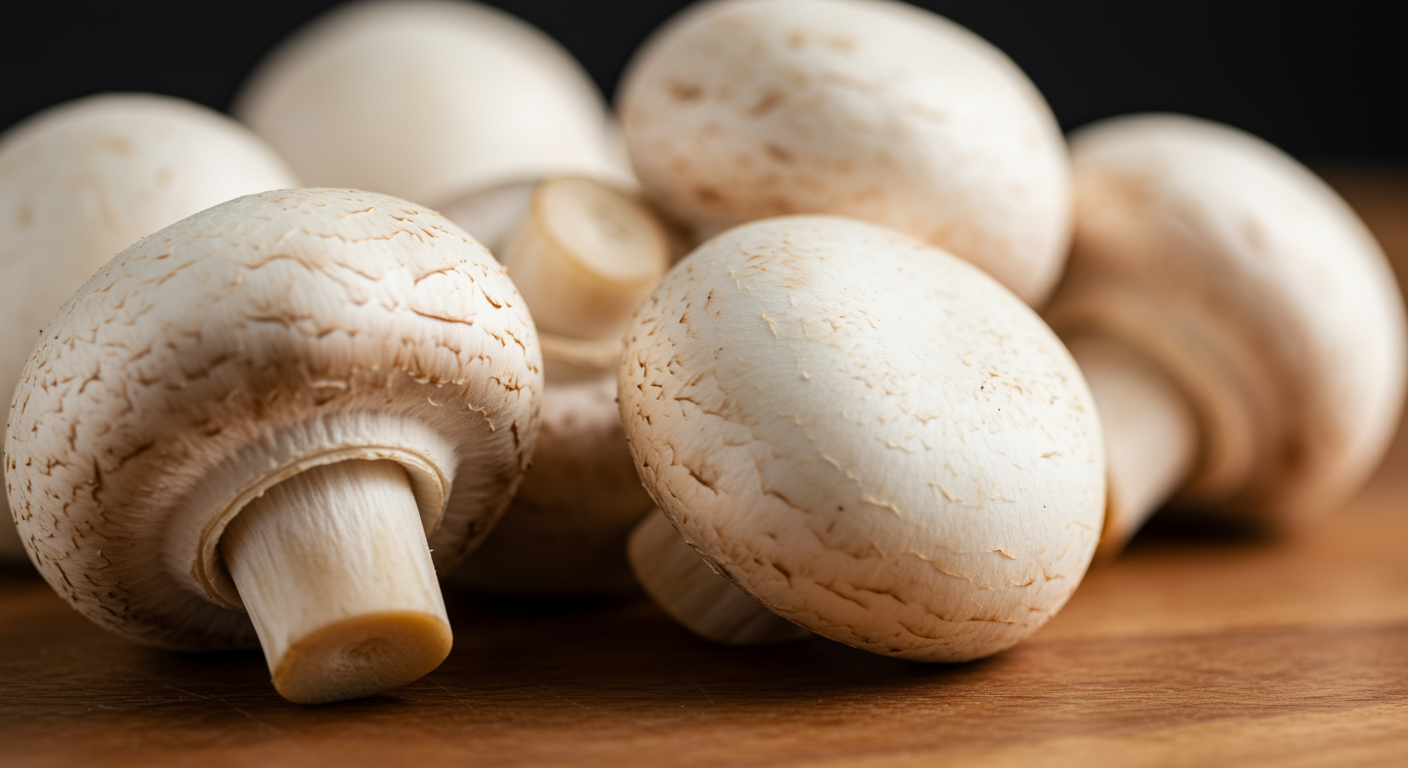
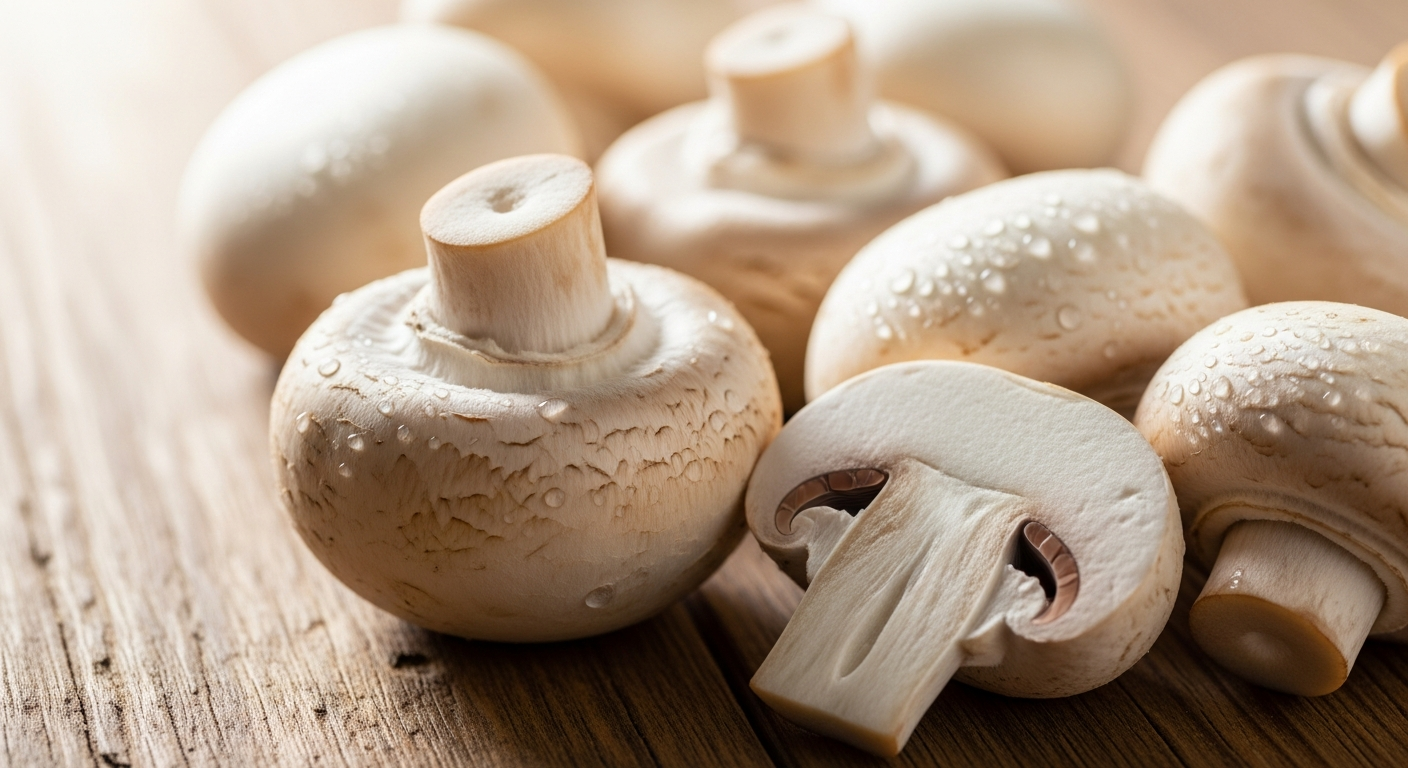
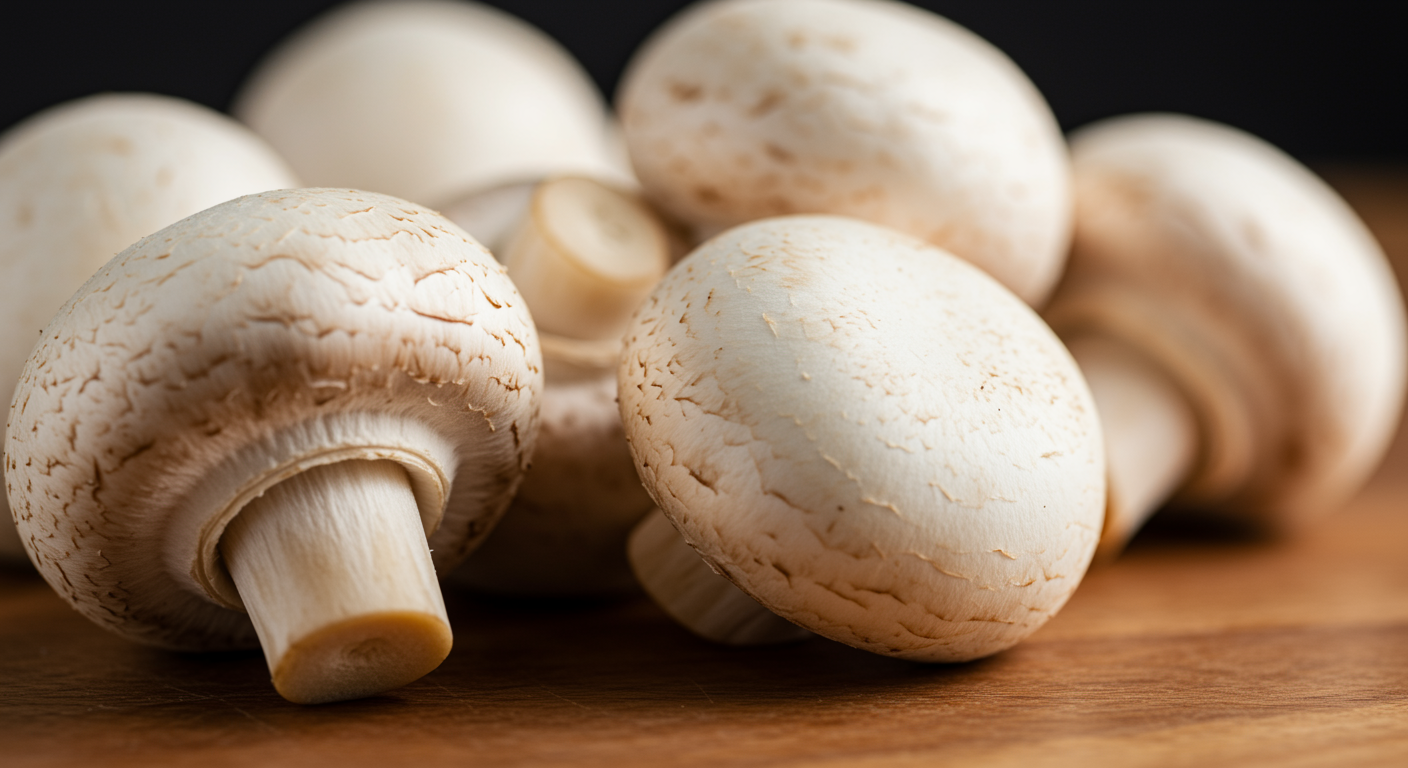
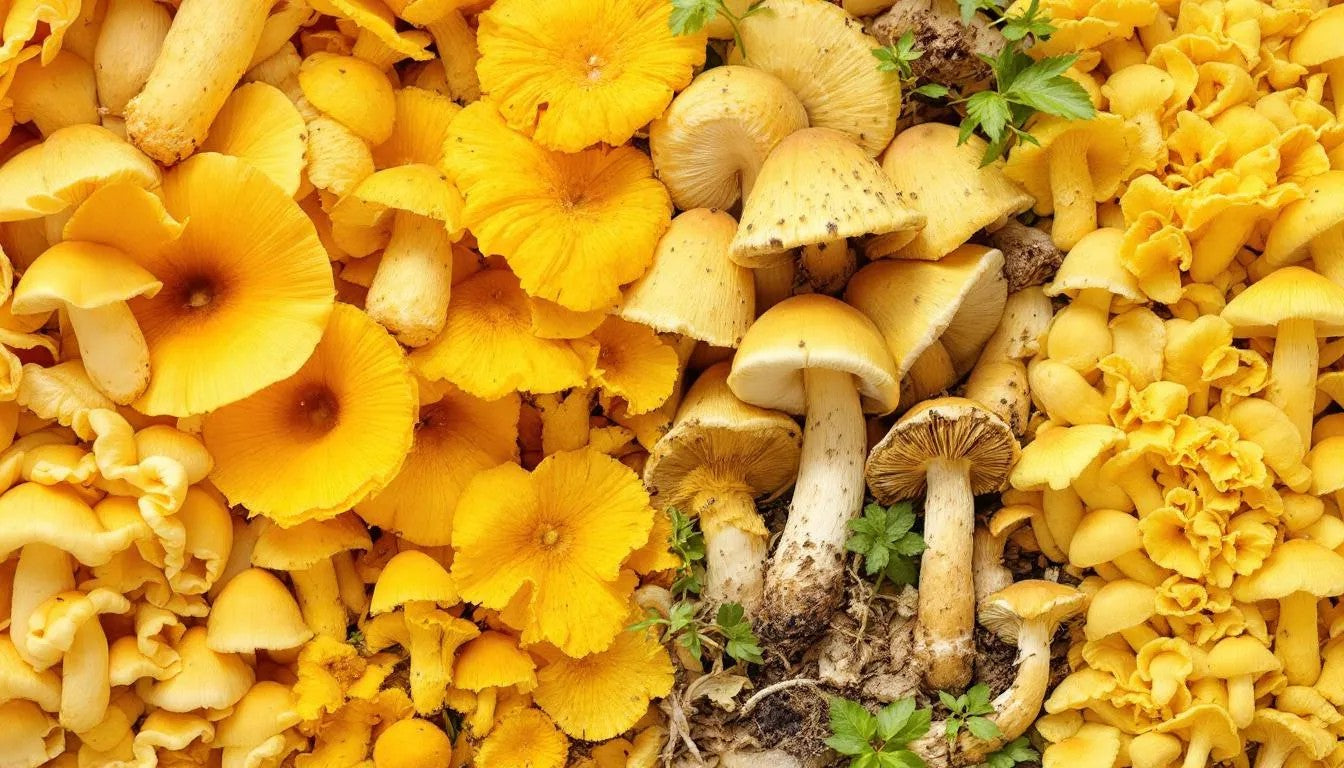

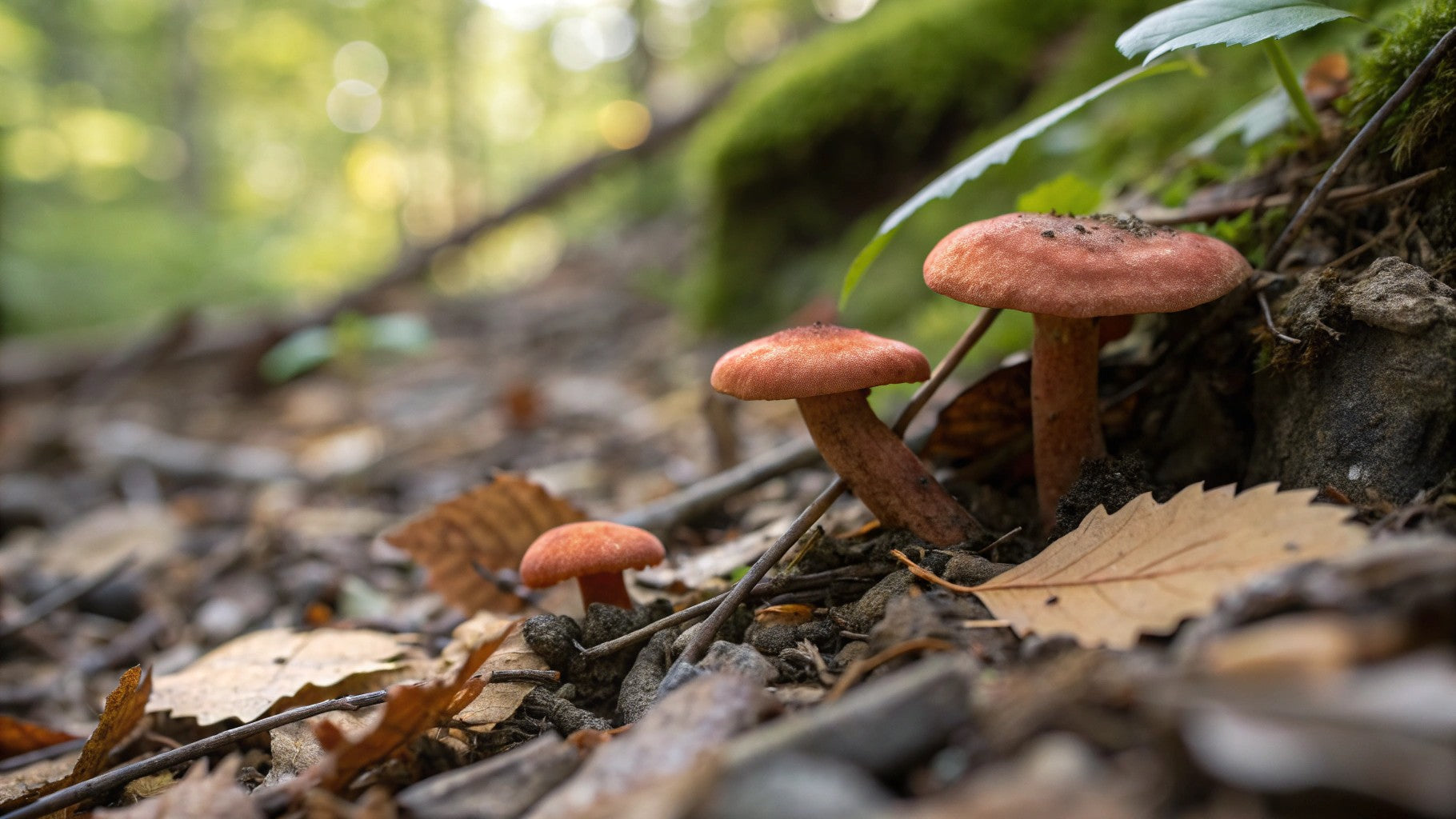
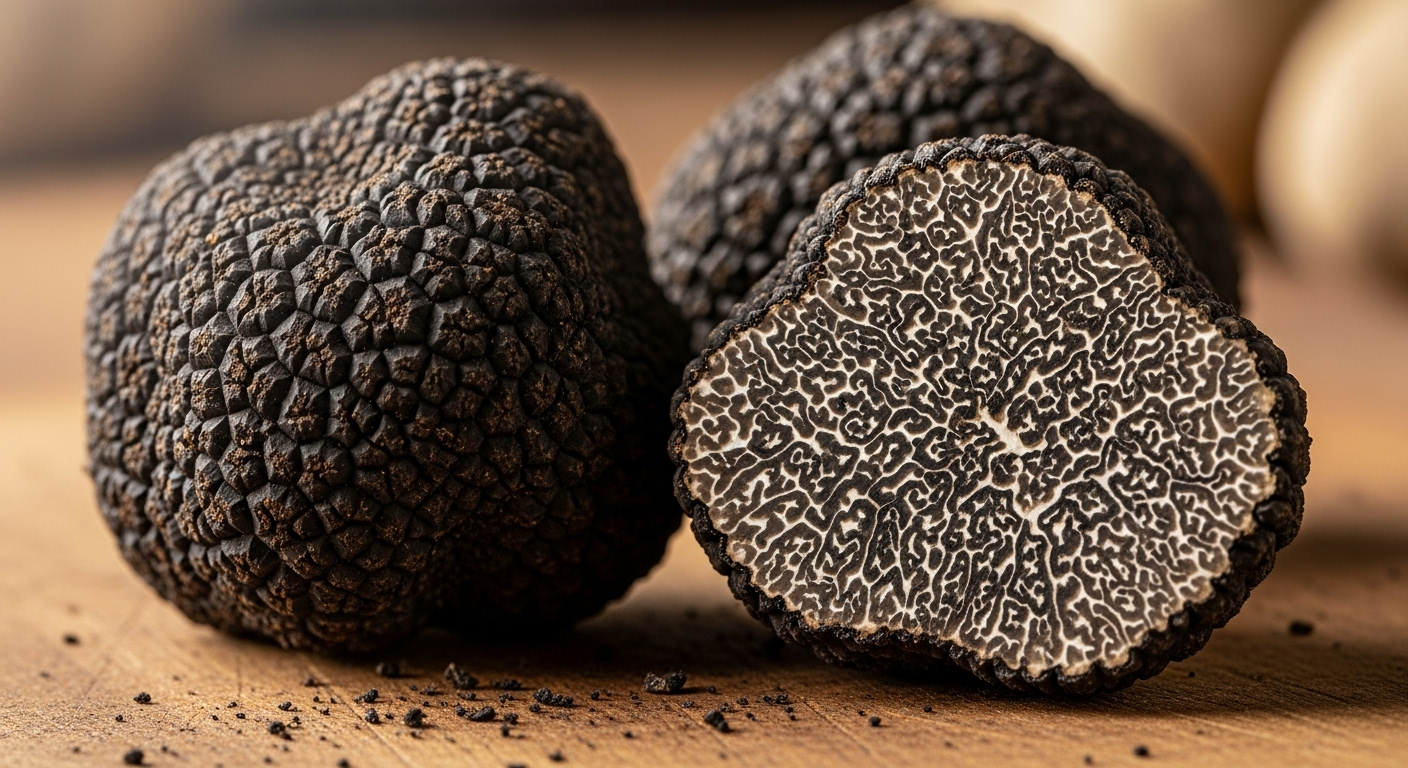
Share:
How to Cook Morel Mushrooms Perfectly
Where Do Morel Mushrooms Grow? A Complete Guide to Their Habitat and Season